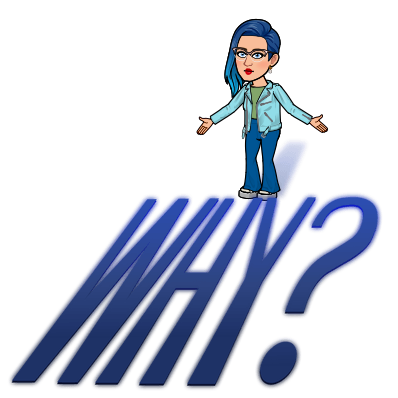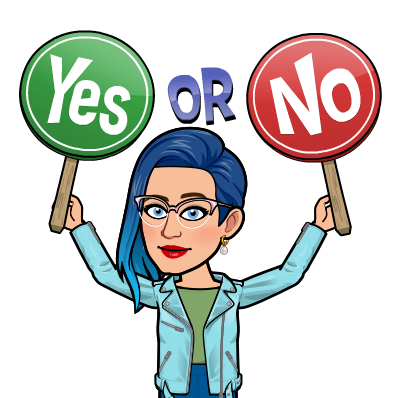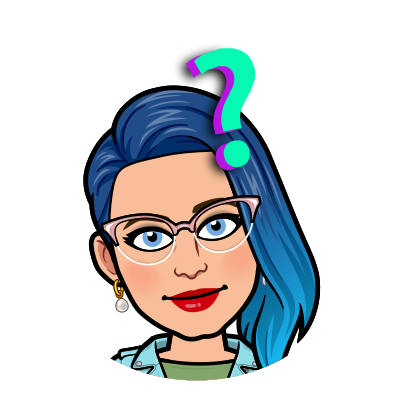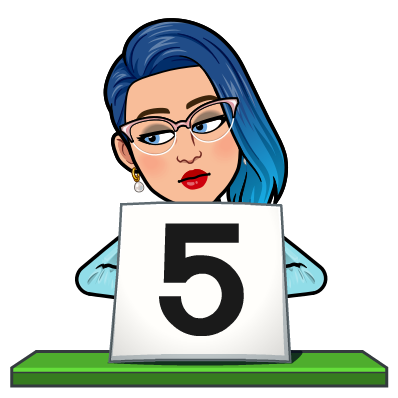The most underestimated, underused, and unknown element of Human-Centred Design that I have ever encountered is the Question. That sentence that pitches up at the end, and finishes with a beautiful and quirky uncertain squiggle with a supportive dot underneath.

When we are five, we tend to be great at questions. We ask the Queen of all Questions: WHY. Repeatedly. Infuriatingly. Curiously!
Somehow, by the time we are grown up and at work, our ability to ask good questions has somehow vanished. Often, it is only due to the time constraints put upon us… we want to do well. So we end up in such a rush to check if we are right, that we forget to be curious. We don’t question, we validate. Big mistake.
Why are questions so important?
Both in consulting and design, we need to learn things from the people who know and live the work.
As a consultant, we might need to ask various people in the company a series of questions to understand their maturity level, before we help the company decide how to evolve.
As a designer, we might need to talk to employees or customers to learn what their lives are like, what they need to get done, and what frustrations and workarounds they have, before coming up with ideas for products and services that they might find useful.
We can’t do our jobs without asking questions. And it is too easy to ask them the wrong way.
Three things that make for a very BAD question, and how to flip them to be good
Closed vs Open

A closed question is a bad question. A closed question is shaped to be answered by a yes or no. “Did you have cereal this morning?”.
This variety is a conversation killer, especially at the start, because it only yields staccato (short, gunshot) answers, and doesn’t let the other person express themselves at all. So they will not feel heard. People who sense you care more about the information than them as a person tend to dislike you and reveal only the information you specifically ask for.
A better way to find out the same thing would be to ask “What did you have for breakfast?” or “How was your breakfast?”. Which leaves space for your conversation partner to give you a richer answer, and possibly even a story, which would teach you something about their world view and preferences.
Leading vs Untethered

A leading question is a bad question. A leading question is shaped to contain the desired (right) answer in its phrasing. “Did you enjoy yourself tonight?”.
Your conversation partner will feel compelled to say “yes”, both because they want to please you, and because nobody wants to feel like they are wrong… so they will most likely give you the “right” answer you asked for.
So ask an “untethered” question. Try “What were some of the things that stood out tonight for you?”. That way you can get answers related to what they noticed, and once you have them, you can gauge whether those were positive or negative, and how enjoyable the evening was, on balance.
Next vs Tailgate

Sometimes a reply or story sentence feels very closed, finished, or confusing. There isn’t enough material there to ask another question from, so we skip to the next topic or question on our list. Sometimes, this is ok. But if you haven’t gotten much from that person yet, it is a mistake to stop there.
So ask a “tailgate” question. Try repeating the last 2-5 words they said in the last sentence they said to you, with the intonation of a question.
So if they said “… and we closed the case with that client.”, you say “Closed the case with that client?”. They will then explain what that means, either with an example or story of (in this case) what the next steps were in closing a case. This works 99% of the time, and has too often yielded golden insights that would have been money left on the table had the “tailgate” not been used.
“Tailgate” questions are very useful if there has been too much information coming your way and you need a moment to process, to ground yourself, … this buys you some time before needing to formulate a concise next question, while keeping the conversation rolling.
Can you become good at questions?
Obviously, yes. But it does take A LOT of practice!
I was the shy child. The quiet, studious, straight-A, front-row nerd who completed her education (all 18+ years of it) without asking more than 10 questions in the classroom in its duration.
Now I am a Product Strategy and UX Design Leader, who can facilitate an entire week’s worth of workshop sessions, guiding everyone to innovative solutions through asking just the right questions in just the right way. Often, in the form of activities. I also plan and run qualitative and quantitative research, to uncover unmet needs. I need to ask excellent questions, because human patience has limits.
I observed thousands upon thousands of conversations, read hundreds of books from fiction to behavioural economics, and spent time teaching myself how to get people to tell you about themselves. The key, you guessed it, is open, untethered, questions, follow up questions, and the magical power of the tailgate question. (works amazingly well on first dates as well).
If I can manage to go from silence to deep engaged conversations that yield golden insights, then so can you.
Just practice. Notice before you ask a closed question, and open it. Notice before you ask a leading question, and untether it. Notice when you’re at a loss, and ask a tailgate question instead of moving on.
I’ll bet you get richer insights and stories from your interviewees and friends from now on!
One more thing…

I sometimes end up in a state of “stuckness”, especially when out and about and plans have just disappeared from under my feet. This is very likely an autism thing.
I recently noticed that the question that I ask myself when I am stuck / left hanging without plans is “what do I do next?”. Reasonable. But. It is fundamentally a bad question.
“What do I do next” assumes there is one right answer.
Try “What are five things I could do?” instead. Don’t judge them as they come up, just make a note. Collect all five before proceeding to an evaluation of each, and choosing which one you would rather do. Designers will notice this is a variant of “How might we…” in the divergent phase of the Design Double Diamond. Yes. Yes it is.
I’ve been using that a lot to get myself unstuck and it works every time!
